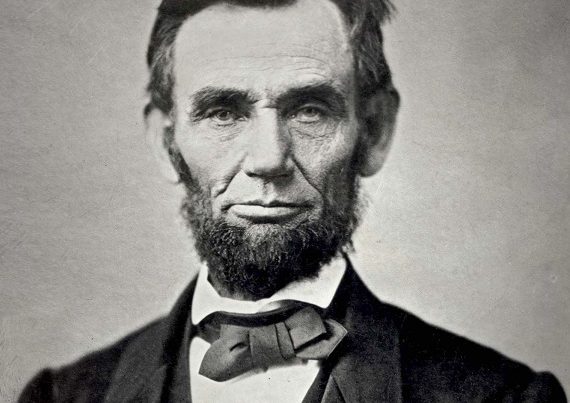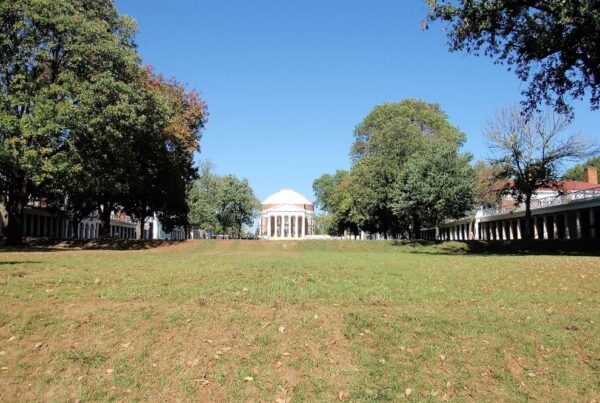*Apologies to Jon White from whom I sole the title for this piece.
Invariably, any discussion regarding the causes of the Late Unpleasantness brings forth the tortured issue of slavery. Back when I was a graduate student in the 1990s, there was still some room, though not much, for a multi-causational interpretation of the War, not so much anymore. Much of the literature tends to equate the South and slavery as one and the same. In the work of such historians as James McPherson and William Freehling, among others, the South is a kind of inverted King Midas whose every touch is tainted with slavery. Some of this is the result of fashion. Many historians who were in graduate school during the 1960s, or who were trained by the same, found the Neo-Abolitionist view of the War and the South captivating. The Civil Rights movement seemed to confirm the view that the true cause of the War, the restriction and ultimate abolition of slavery, was still unfinished until African-Americans were elevated to a place of full social, political, and economic equality with whites in the United States. History was no longer solely the activity of painstaking reconstruction and comprehension; it was social and political advocacy.
Not every historian has succumbed. Michael Holt, professor emeritus of the University of Virginia and not one to be mistaken for a partisan of the South, found the reasons for the late unpleasantness in the unpleasantness of the antebellum era, as politicians North and South cynically manipulated the slavery issue for their own partisan reasons. A good introduction to Holt’s arguments may be found in his book, The Fate of Their Country. My own view is that a good semiotic study of the debates in the 1850s is desperately needed to shed some light on the whole affair. Ours is not the only generation that loved a good “sound bite.” Terms such as “slave power” and “black Republican” I suspect are invested with meanings that go well beyond the literal. Some intriguing semiotic studies of the social and political rhetoric of the antebellum period do exist. Two that I have in mind are Anne Norton’s, Alternative Americas and Susan-Mary Grant’s, North Over South. For that matter, James McPherson’s book, For Cause and Comrades offers a healthy respite from “all slavery, all the time.” Much to McPherson’s admitted surprise (Would it be too mischievous to say chagrin?) it turns out that nobody, or very few anyway, were bothering to fight The War over slavery.
So why the continued emphasis on “all slavery, all of the time?” I humbly suggest the following. First, the Civil War is still very much a current event; it’s too close to us without our taking sides. This may seem like rank foolishness to most Americans for whom last week was ancient history, Spartans and all. Yet the visceral reactions to words and symbols still remain. I don’t imagine anyone in England gets much worked up over portraits of Charles II, Prince Rupert, or Oliver Cromwell. I may be wrong on this, but I imagine one might stir up a bit more reaction across the pond by proposing to hang a portrait of Michael Collins or Tom Barry in Westminster Hall. The old Irish Troubles, circa 1919, are much closer than the deadly struggles between Roundheads and Cavaliers. Now jump back across the pond to streets named after Confederate generals, Jefferson Davis’s portrait in public buildings, or horror of horrors, Confederate battle flags. Add to this a Yankee migration to the South and one gets the picture. Which leads us to the second point. The symbols of the 1850s and 1860s are still very much alive and kicking. Slavery and slave plantations are still invoked by politicians of both parties. We may no longer speak of “border ruffians” and “bushwhackers,” but “redneck” and “grits” (The second a term used in toney liberal neighborhoods in north Baltimore for the “rednecks” across the Patapsco river.) mean pretty much the same. “Damn Yankee,” still rolls off of southern tongues as well. We even have some differing customs in honoring the dead who fell at Gettysburg. My brother and I visited Gettysburg shortly after the film of the same name was released. There were understandably far more visitors than in previous years. Southern monuments were as usual decorated with flags and flowers, just more so. Meanwhile a number of Northern monuments were decorated with money, notes and coins, and votive candles, a curious custom that puzzles me to this day. Donald Davidson was right, in many ways we are still Rebels, still Yankees.
On the darker side of things, many Americans, both North and even in the South I must sadly confess, have a nasty habit, picked up from the unfortunate diffusion of Puritan persons and ideas, of viewing the world through Manichean lenses. We are suspicious of complexity; we like white hats and black hats, the elect and the unwashed heathen. And we are damn sure that the Almighty, whoever that may be for a particular soul, has made sacred our hates and prejudices. Why bother with the painstaking work of understanding people as they understand themselves, when it is so much more fun to demonize them and get a warm fuzzy feeling of self-righteousness as well? It might even help one get elected to public office, or sell a book.
So folks it’s all slavery all the time. Whether it’s John C. Calhoun, Robert E. Lee, Abraham Lincoln, the Republicans wanting to bring back slavery (As Congressman Rangel of New York would have us believe.), or Democrats trying to keep African-Americans on the welfare plantation (Are white folk on welfare slaves on this plantation as well?), it’s all slavery all of the time. I imagine it will be until we come to terms with the Late Unpleasantness, and it no longer pays.







